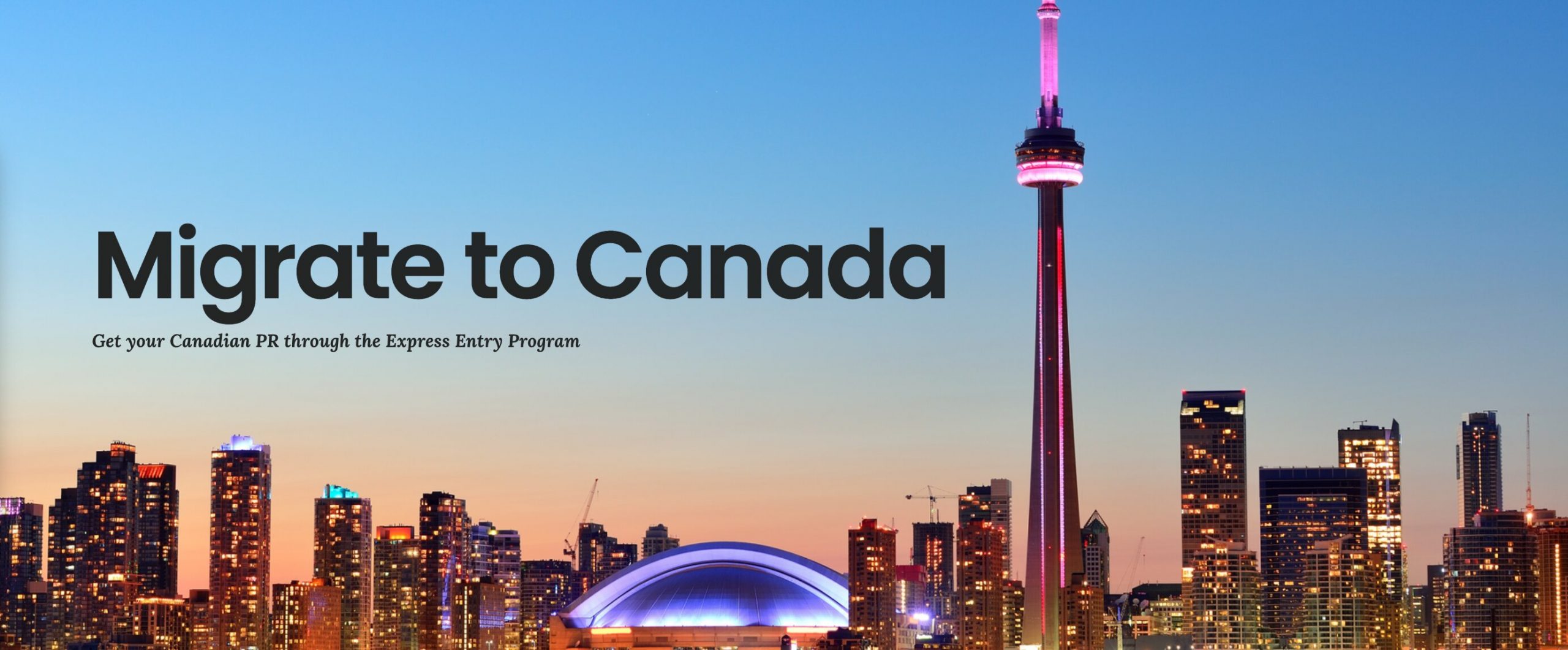Table of Contents
Canada: It’s Similar But Different
It’s out of the way, eh? The popular U.S. sentiment that Canada is basically a northern portion of the United States is totally wrong. Canada is a lot different—more different than many realize. Canada has its own “flavor”, its own cultural identity, its own exports, its own exports, and its own delicious crisp appeal.
The country has about the same population as California—actually, it has a million or so fewer people; but that’s according to 2019 figures, before the Californian exodus. Who knows what the actual figures are in Cali these days; it does not seem inconceivable the state has lost 5% of its population between 2020 and 2021. Much of that population was actually Canadian.
A great number of Canadians live and work in the United States while retaining Canadian citizenship.
However, given the current legal and government features of today’s world, it’s easy to see why people are strongly considering a move to Canada. What has stopped many are Canadian winters and DUIs.
You can’t come to Canada if you’ve had one unless you pay.
Yes, It’s Cold – But Not Everywhere
Listen, Canadian winters up north are deathly cold. You need a winter survival kit in your car, and you shouldn’t get too far from civilization if you end up in an isolated northern community. But Puget Sound, Toronto, Montreal, and Vancouver are pretty temperate. They’re not really any worse than a city like New York or Detroit or Seattle.
The majority of Canada’s population is only a few hours (by car) from the U.S. border; if not immediately adjacent to it. In fact, some cities in Michigan are actually north of Canadian cities. Things get wonky around the great lakes.
So yeah, you’ll have some cold winters—but near the coasts or American borders, things are going to be better.
There Are Ways Around Traditional Entry
In Canada, PR doesn’t necessarily stand for Public Relations. It instead refers to being a “Permanent Resident”.
Here’s some information on what you’ll need to obtain Express Entry PR status. Essentially, when there is an economic component to your relocation, that tends to put you on a “fast track” toward entry into Canada.
Hockey, Hockey, Maple, Hockey, And Some French
Hockey is big. In Banff, Canada, they’ve got a summer hockey camp that’s so well-renowned, people from across North America (and the world) attend. The camp lasts as long as parents are willing to pay the fee during the summer, and there are hockey players that are in elementary school, and coaches that have been out of school for decades.
Big Cities, Remote Government Co-Ops, And The Ice Roads
The metro areas of the “big cities” in Canada expand population out past the 1,000,000 mark in the larger areas. However, there are remote government co-ops mostly composed of Canadian natives which only have a few thousand people, and subsist extensively on resources from taxpayers. So there are small communities to explore, too.
These communities tend to be in the far north, and are often separated in the winter by roads which only become available for a few weeks, and literally cross frozen lakes. If you’re going to get to God’s Lake from Winnipeg, you’ve got to take the “ice roads” in winter. That’s dangerous and not to be recommended unless you know what you’re doing.
Accordingly, when you relocate, you want to make sure whatever community you decide to call home is one you’re comfortable accessing even in wintertime.
Exploring The Great Vast North
Big cities, remote communities, ice roads, hockey, maple syrup, a smattering of French, expedient entry, and temperature considerations overall will represent key variables as you “calculate” your relocation to vast Canada. The wilderness is beautiful, the wildlife is abundant, and things aren’t too crowded.
Just know what you’re getting into, eh?











0 Comments